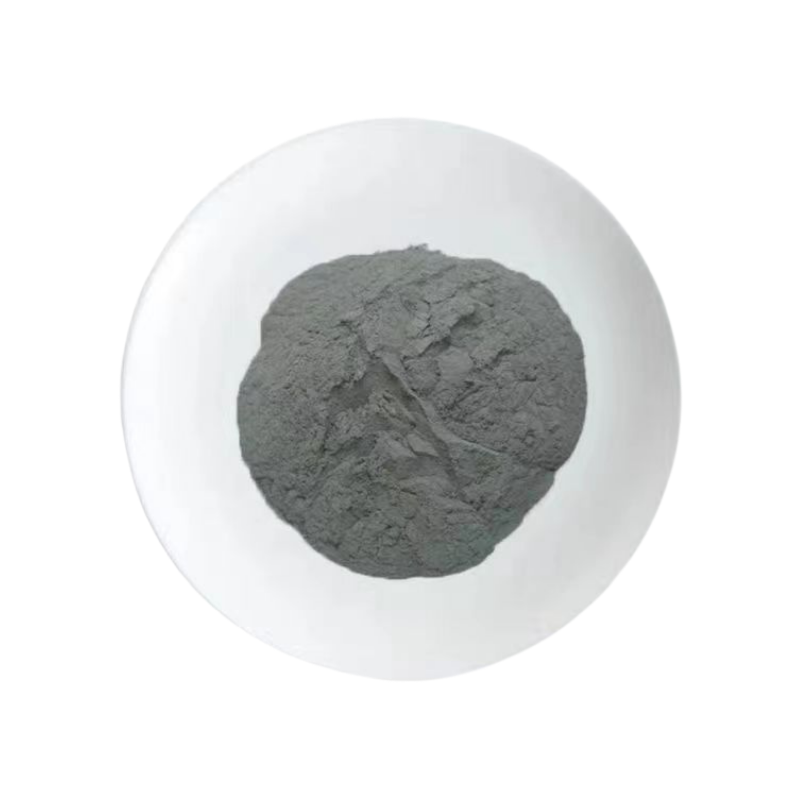
Exploring the Production of Perlite and Pumice in Industrial Settings
Exploring Perlite and Pumice Factories Essential Materials for the Modern World
In the contemporary construction and agriculture industries, lightweight aggregates have become crucial for a variety of applications. Among these materials, perlite and pumice stand out not only for their physical properties but also for their environmental benefits. This article delves into the importance of perlite and pumice factories, exploring their production processes, applications, and contributions to sustainable practices.
Understanding Perlite and Pumice
Perlite is a naturally occurring volcanic glass that expands when heated to high temperatures. This expansion creates lightweight, porous particles that offer excellent insulation properties, making perlite an ideal component in construction materials, horticulture, and various industrial applications. On the other hand, pumice is a highly porous volcanic rock formed when lava cools rapidly. Its low density and high porosity make it suitable for a wide range of uses, such as lightweight concrete, soil conditioning, and even as an abrasive in cleaning products.
The Production Process
The production of perlite and pumice involves mining the raw volcanic materials, followed by processing them to achieve desired specifications. In perlite factories, the mined ore is crushed and then heated in industrial furnaces where it expands to many times its original volume. The resulting product is a white, lightweight material that can be easily mixed with other substances.
Pumice processing, on the other hand, involves crushing and screening to produce specific sizes and grades suitable for various applications. Both types of processing require careful attention to ensure that the final products maintain their unique properties, such as insulation and drainage capabilities.
Applications in Various Industries
perlite or pumice factories

Perlite and pumice have found extensive applications across multiple sectors. In the construction industry, perlite is commonly used in lightweight concrete and as an insulation material for roofs and walls. Its ability to reduce energy consumption by providing thermal insulation makes it an attractive option for eco-conscious builders. It is also widely used as a soil amendment in horticulture, improving aeration and drainage in potting mixes and garden beds.
Pumice’s lightweight nature makes it ideal for producing lightweight concrete blocks, which are in demand for energy-efficient building practices. Additionally, pumice is used in landscaping, providing drainage and aeration for plants, improving soil health, and acting as a decorative stone in gardens and aquariums.
Environmental Benefits
Both perlite and pumice are environmentally friendly materials. Their production processes generally require less energy compared to traditional aggregates, and their lightweight properties contribute to reduced transportation emissions. Furthermore, their application in construction and agriculture positively affects sustainability by enhancing energy efficiency and promoting better soil health.
Perlite and pumice usage helps reduce the reliance on heavier and more resource-intensive materials, making them a vital part of sustainable building practices. As concerns over climate change and resource depletion grow, industries are increasingly adopting these natural aggregates to lower their environmental impact.
The Future of Perlite and Pumice Factories
As the demand for lightweight and sustainable construction materials continues to rise, perlite and pumice factories are poised for growth. Innovations in processing techniques and the discovery of new applications will likely enhance the appeal of these materials in various markets. Moreover, addressing challenges such as supply chain efficiencies and the potential environmental impact of mining operations will be essential for these factories to thrive.
In conclusion, perlite and pumice factories play a crucial role in supplying materials that are not only effective but also environmentally sustainable. As industries evolve, their importance will only increase, paving the way for greener construction practices and healthier agricultural systems. By continuing to harness these versatile resources, we can contribute to creating a more sustainable future while meeting the demands of modern infrastructure and horticulture.
Share
-
Premium Resin Coated Sand - High Heat Resistance CastingNewsJul.31,2025
-
High Quality Silicon Carbide Grit for Abrasive ApplicationsNewsJul.30,2025
-
High-Quality Ceramsite for Plants & Gardening | Lightweight PebblesNewsJul.29,2025
-
Premium Burgundy Glass Marbles for Vases & Shooter GamesNewsJul.29,2025
-
High Purity Quartz Sand for Industrial and Ground ApplicationsNewsJul.29,2025
-
High-Quality Barite Powder for Drilling & Industrial UseNewsJul.29,2025






